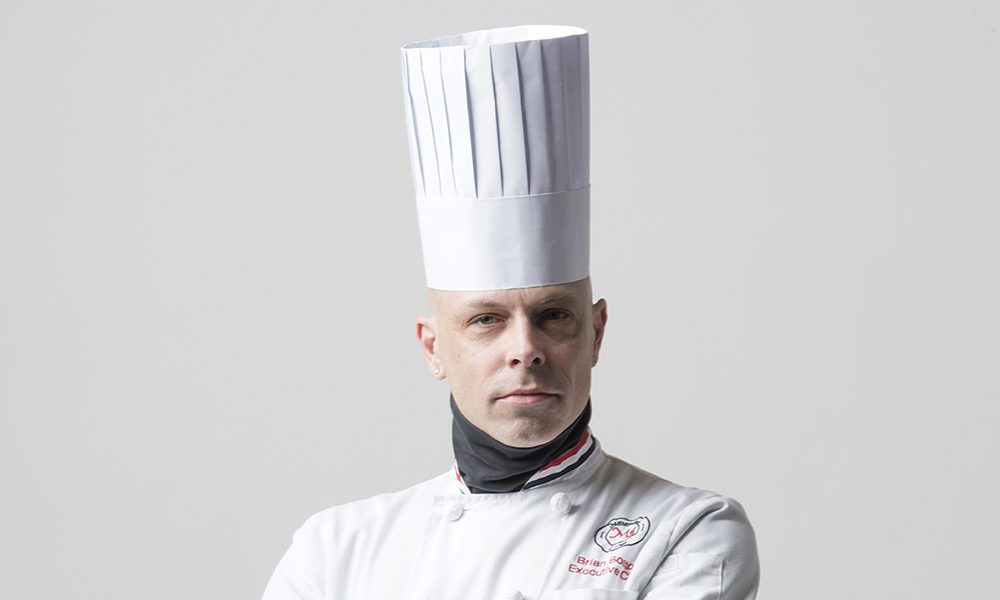Food & Drink
Cameo: Brian Boston
We talk to the chef and owner of The Milton Inn
The Milton Inn has been a restaurant for 70 years. What’s the secret to its longevity?
This building—even though it’s almost 300 years old and has its challenges—is charming. It has charm you really can’t replicate in a new restaurant. You also have to be a little crazy to be in the restaurant business. This is not a normal life. This really is a lifestyle. I live and breathe the restaurant, and everything else is secondary. It really does take that much dedication. If you see a restaurant that’s been in business for 20 years, someone is working their butt off. It doesn’t happen by itself.
Did you ever see yourself working here that long?
I came to eat here in probably 1980-something. I sat in that dining room with the hearth and I said to myself, “I’d love to own this restaurant one day.” And not even trying, it kind of fell into my lap. It’s weird, right?
How do you keep up with Baltimore’s growing food scene?
Consistency is a huge part of the ingredients that make this place successful. But we also try to make gradual changes. You have to slowly evolve. If you don’t, you will go out of business.
How do you decide what changes to make?
That’s always the hard part. What do we get rid of and what do we keep? I basically just look at the numbers. Okay, what’s selling and what’s not selling? Because of that, we’re a pretty traditional restaurant. My food is straightforward. It’s not smoke and mirrors. I don’t like trendy at all. Trendy doesn’t last.
You’ve made a big shift toward small plates at the restaurant.
The small-plate menu has become a really important piece of our business. One of the things we saw was that people weren’t eating the same way they used to. You have to take your cues from your customers. Fridays and Saturdays are the busiest times, when people are going out on date nights, and it doesn’t cost them an arm and a leg. The moment you say “Milton Inn,” most people think “expensive and far away,” but I’m on a quest of changing people’s opinions of what we are.
Leading up to the 70th anniversary, you spent $600,000 in renovations last year, which included your circa 1740 lounge.
Doing things like renovations are necessary to keep you healthy. People are willing to spend money in a restaurant, but they’re not willing to spend $50 and look around and see everything looking shabby. That’s not going to cut it. We’ve always been willing to put money into this business. What used to be an empty lounge is now full.
What changes have you noticed over the years in the local food scene?
Dress codes are just completely gone. I got rid of ours years ago now—I’m a realist. I was probably one of the first fine-dining restaurants to say, “We’re not winning this battle.” Sometimes you just have to say, “How many people am I going to turn away before I change how I do something?”
What’s one of your personal favorites on the menu?
The Filet of Chesapeake—it’s delicious. Filet mignon and a crab cake with béarnaise sauce, Jack Tarr potatoes, and fresh vegetables. It is a really simple dish, but it’s our best seller, and has been for the past 20 years.
What’s next for you and the Inn?
I’m slated to be here until 2040.
That’s a long time.
It’s not really that far away, believe it or not. It all happens so quickly. Twenty years goes by in no time. I picked that date because I wanted to be here for the anniversary of the 300th year of the building, so that’s only 23 more years. Hopefully I can survive that long. [Laughs.] But that’s the plan.
